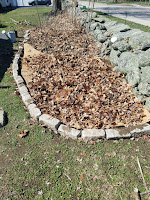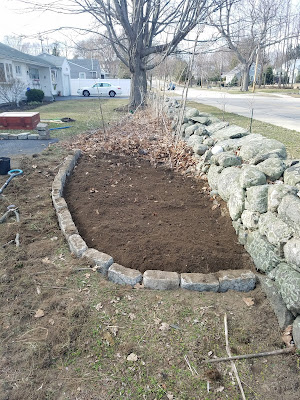Cardboard Use 2

My last blog post sparked some discussion on the Portsmouth Caterpillar Club's Facebook Page including one comment that cardboard is allowed under an organic certification (I assume) as long as the tape and plastics are removed and the coated / water-resistant (pfas) materials are not used. I had a large amount due to my door replacement project from last years so I decided to go ahead and use it to control weeds while trying to maintain the underlying soil health. Here is what I did. Step 1: I put a layer of maple leaf mulch to block out light and to create an aeration zone that will sit below the cardboard layer. This will hopefully reduce the impact and risk of suffocating organisms such as worms and insects underneath. It will also provide an interim food source. You can see here I also employed several mulching assistants who inspected and certified my work. Step 2: I laid down the cardboard and cut it to match the shape of ...
